1. Lawn Darts (Jarts)

Back in the ’70s, lawn darts were a backyard staple for family gatherings, but they came with one big problem—they were basically metal-tipped missiles. The game involved tossing these heavy darts toward a plastic ring target, and while it sounded harmless, the sharp points could cause serious injuries if someone got in the way. It didn’t take long for hospitals to start reporting accidents, and eventually the Consumer Product Safety Commission stepped in. Even with warnings on the box, it was just too easy for things to go wrong.
Many families have stories about a lawn dart just barely missing someone’s foot or getting stuck in the ground with a dramatic thud. It’s hard to imagine today’s safety-conscious toy shelves offering something so dangerous to kids. Modern versions exist, but they’ve been redesigned with soft tips to make them safer. Still, the original Jarts are banned in the U.S., though they occasionally pop up at yard sales—strictly for collectors, not play.
2. Clackers
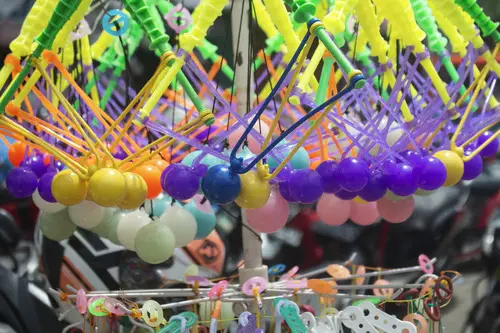
Clackers were two hard acrylic balls attached to a string with a loop in the middle, and the goal was to swing them up and down so they smacked together with a loud “clack.” It took some skill to keep them going without getting hit, but for many kids, the learning process came with bruised wrists and fingers. Worse, those acrylic balls could shatter under pressure, sending sharp shards flying. Safety regulators didn’t take long to label them a hazard.
Despite their risks, they were wildly popular, and the distinctive sound was a familiar soundtrack in neighborhoods during the early ’70s. Parents were often torn between being impressed at their kid’s coordination and worried about a trip to the ER. Eventually, manufacturing changes tried to make them safer with softer materials, but the thrill of the originals couldn’t be matched. Today, vintage clackers are more of a nostalgic display piece than a toy you’d hand to a child.
3. Battlestar Galactica Missile-Firing Toys

When Battlestar Galactica hit TV screens, toy versions of the ships became must-haves for kids who wanted to recreate the space battles at home. The early models came with small plastic missiles that really fired, which seemed like a fun feature—until reports of children choking on the tiny projectiles began to surface. One tragic case led to a recall, and toy companies quickly rethought the whole “launchable parts” idea.
While the toys were visually impressive, the danger was clear. Kids often aimed the missiles at each other instead of the cardboard targets, which was a recipe for trouble. Modern versions of these ships have fixed or oversized projectiles to prevent choking. Collectors still hunt down the originals, but they’re kept on shelves, not in playrooms.
4. Creepy Crawlers Thingmaker
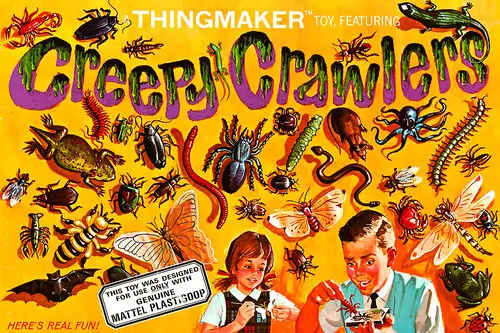
The Creepy Crawlers Thingmaker let kids “cook” their own rubbery bugs by pouring liquid plastic into metal molds and heating them up on an actual electric hot plate. The problem? That hot plate could reach dangerously high temperatures, and the liquid plastic emitted fumes you probably wouldn’t want anyone inhaling. Still, the thrill of making your own gross little critters was enough to keep kids coming back.
Burns and spills were common, and more than one carpet suffered from a “molten bug” accident. In later years, the toy was reimagined with safer materials and lower heat, but the magic of the original also came from the slightly forbidden feeling of using real heat and chemicals. Today’s version is much tamer, but ask anyone who had the original and they’ll tell you it felt more like a science experiment than a craft project.
5. Kenner’s Easy-Bake Oven (Original Metal Version)
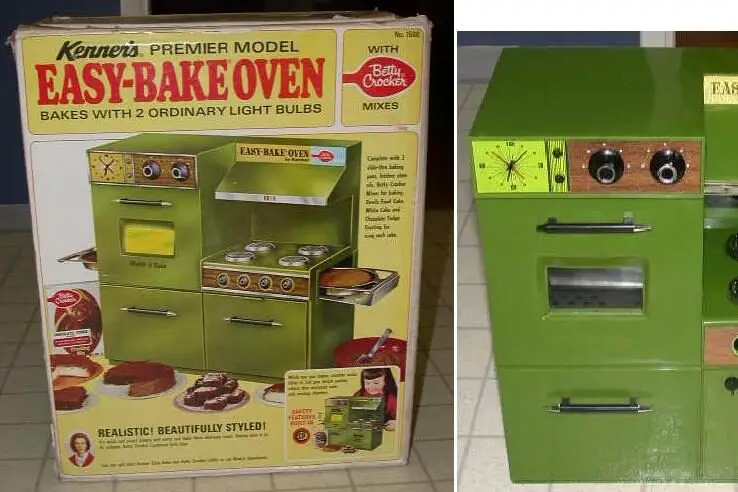
The first Easy-Bake Ovens from Kenner in the ’70s weren’t the pastel plastic versions most people picture—they were made of metal and powered by a real light bulb that got hot enough to cook tiny cakes. While that sounds fun, it also meant kids could easily burn themselves on the metal surface or when reaching inside. Add in the occasional electrical issue, and you had a kitchen hazard in miniature form.
Despite the risks, the ovens were beloved, and the joy of baking a cake “all by yourself” was a big deal. Parents often supervised closely, but accidents still happened. Over the years, the design changed dramatically to reduce burn hazards, with more insulation and safer openings. Still, the nostalgia factor for the original is strong, even if it wouldn’t pass safety testing today.
6. Water Wiggle
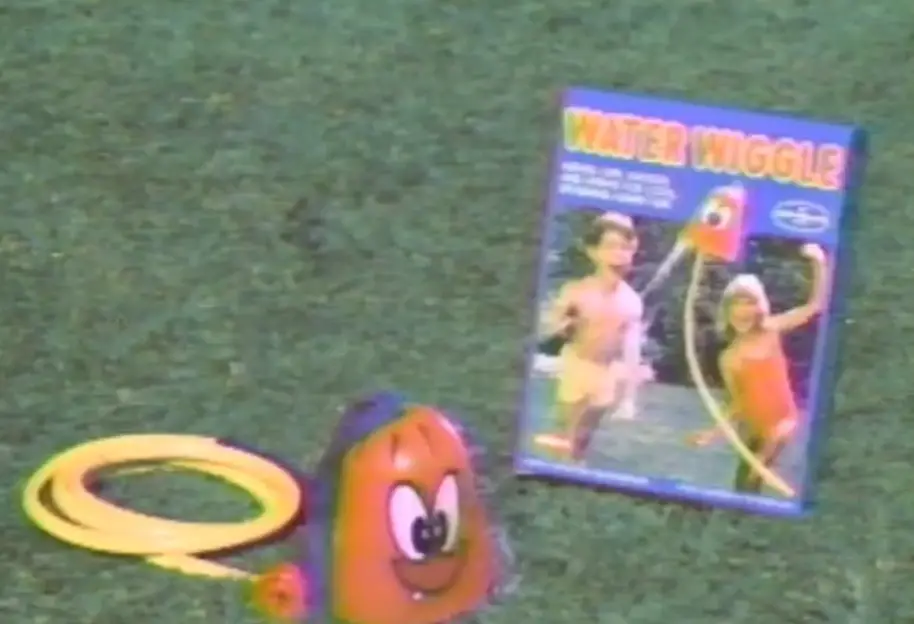
The Water Wiggle was a strange outdoor toy that connected to a garden hose and flailed around wildly, spraying water in all directions. It was supposed to be a goofy way to cool off in the summer, but its unpredictability also made it dangerous. If the nozzle hit someone, especially in the face, it could cause injury. Tragically, there were also reports of children getting tangled and choking on the tubing.
On hot summer days, kids would squeal and chase the Water Wiggle around the yard, never knowing where it would spray next. The chaotic nature of the toy was part of the appeal, but it didn’t take long before its hazards outweighed the fun. It was eventually discontinued, replaced by safer sprinklers and splash pads that could still bring plenty of giggles without the risks.
7. Gilbert U-238 Atomic Energy Lab

Yes, in the early ’70s you could actually buy a science kit that contained real uranium ore. The Gilbert U-238 Atomic Energy Lab was marketed as an educational tool to teach kids about atomic energy, complete with a Geiger counter and instructions for experiments. The dangers of radiation exposure weren’t as widely understood then as they are now, but even at the time, it was an eyebrow-raising toy.
While the uranium content was minimal, the very idea of radioactive material in a children’s toy would be unthinkable today. The kit is now a rare collector’s item, with surviving sets fetching high prices. It’s a reminder of a time when “hands-on learning” sometimes meant risks that modern parents wouldn’t dream of taking.
8. Super Elastic Bubble Plastic
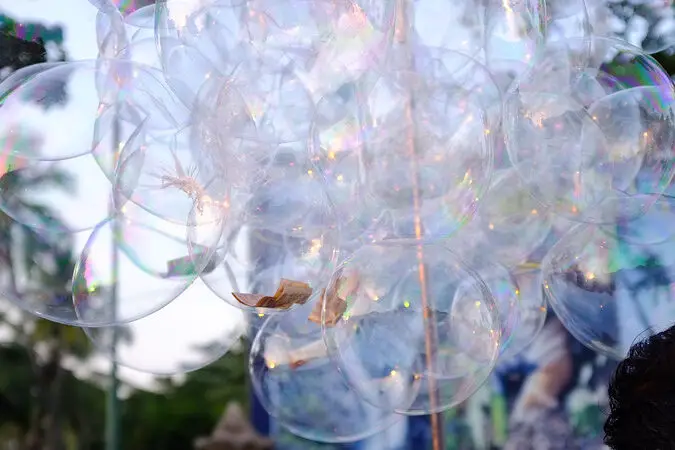
Super Elastic Bubble Plastic was a tube of colorful, gooey plastic that kids would squeeze onto a straw, then blow into to form a bubble. The problem was, the stuff smelled strongly of chemicals because it contained solvents like acetone, and those fumes were not something you wanted a child inhaling. Popping the bubbles often meant bits of sticky plastic clung to your hands—or worse, got in your mouth.
Despite that, the appeal was undeniable, and kids loved making wobbly, iridescent bubbles that lasted longer than soap bubbles. Parents were less enthusiastic about the lingering smell and the mess. Eventually, concerns over inhalation and chemical exposure pushed it off the market, making it one of those toys you remember fondly but know was probably a bad idea.
9. Slap Bracelets (Original Sharp-Edged Versions)
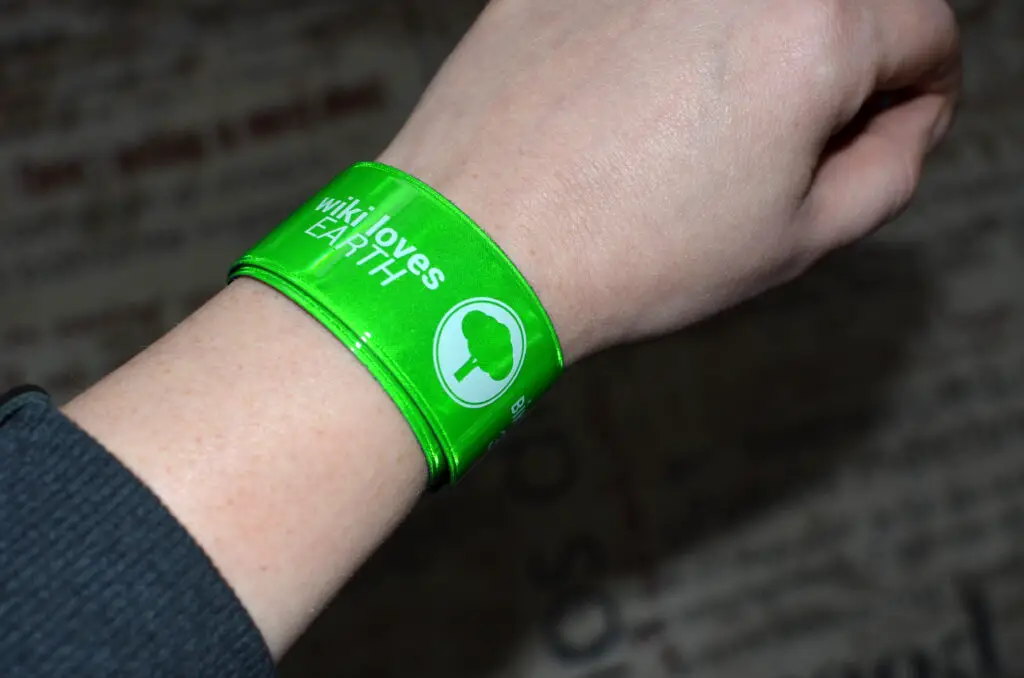
Slap bracelets hit playgrounds in the late ’70s as a colorful, addictive accessory—you simply slapped the straight metal strip on your wrist, and it curled snugly around. The problem was, the original versions were made with thin, sharp-edged metal encased in fabric or plastic that could wear down over time. When the covering split, the exposed metal could cut or scratch.
Despite the risk, they were so popular that kids collected them in every color and pattern. Teachers sometimes banned them in classrooms because of the noise and distraction. Today’s versions are made with thicker coverings and safer materials, but the memory of those first slap bracelets is tied to both fashion fun and a few unfortunate injuries.
10. Moon Shoes
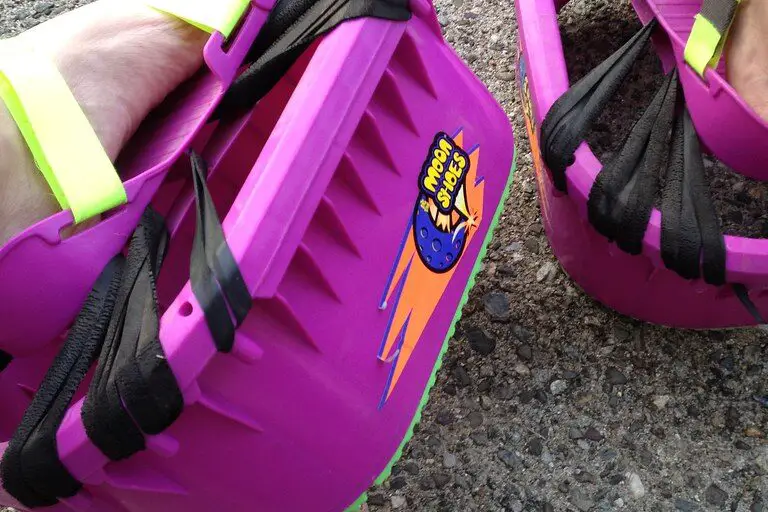
Moon Shoes were mini trampolines for your feet, designed to give kids a bouncy, moon-walking experience. They looked like oversized sandals with elastic bands, but they were tricky to balance on, and falls were common. Twisted ankles, scraped knees, and a few more serious injuries made them a questionable choice for unsupervised play.
Kids loved the novelty of feeling like they were bouncing higher than normal, even if the reality was a little less dramatic. In the ’70s, safety padding and helmets weren’t part of the picture, so any fall meant you were likely to get hurt. Modern versions have more stability and safety features, but the originals were just as likely to send you tumbling as they were to give you that moon-walking thrill.
11. Shrinky Dinks (Original Formula)
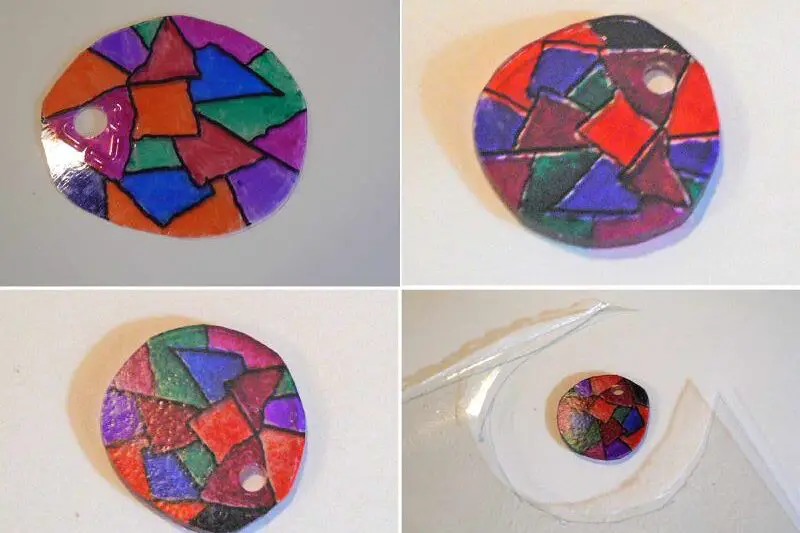
Shrinky Dinks, the craft project where you colored sheets of plastic and then baked them to shrink and harden, first appeared in the ’70s. The early versions involved baking the plastic in a regular oven, and while that was part of the fun, it also meant kids were directly involved with hot ovens and potential burns. Inhaling fumes from heated plastic wasn’t exactly great either.
Parents often supervised, but it was easy for curious kids to reach in too soon or accidentally touch hot pans. Over the years, the formula and baking process were adjusted for safety, with some versions using safer heating methods. Still, the originals remain a nostalgic reminder of a time when “fun” sometimes came with a side of minor danger.
12. Pellet Guns for Kids
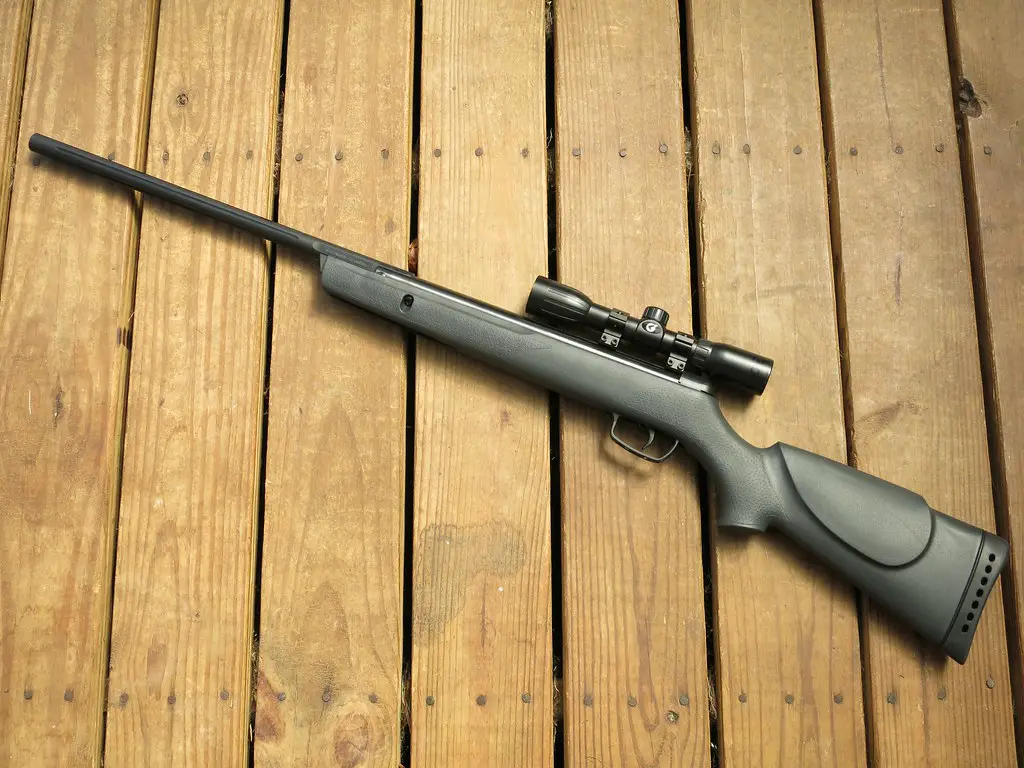
In the ’70s, toy guns were much more realistic-looking than they are now, and pellet guns marketed to kids often had surprising power. They could easily cause eye injuries or break skin, and without today’s bright orange safety tips, they could be mistaken for real firearms. Some models even looked identical to police-issued weapons, which added another layer of risk.
Many kids saw them as the ultimate backyard battle gear, but parents and safety officials grew increasingly concerned. Stories of accidental injuries and close calls made headlines, and eventually stricter safety regulations came into play. While modern airsoft and BB guns are still around, they come with more safety guidelines and equipment—something that wasn’t common back in the ’70s.
